A small group of people can decide the fate of a whole nation. Their decision is final, and no one can alter it. They sit in the highest court in the U.S., called the Supreme Court.
Over the years, its nine justices have altered the course of history and shaken the nation’s foundations. Here, we will highlight the relevance of the apex court and examine some of its most controversial decisions.
On June 27, 2025, an angry TikTok user attacked a fresh ruling of the United States Supreme Court. It was a decision in favor of President Donald J. Trump of the United States.
“Just like other decisions, this one would have crucial implications for millions of people, born and unborn.”
The nation’s highest court examined his executive order that ended birthright citizenship. Concerned citizens had challenged the order, hoping to kill it in the courts.
In a 6–3 ruling the Court narrowed three lower-court injunctions that had temporarily blocked President Trump’s 2025 executive order targeting birth-right citizenship. The justices held only that federal judges had exceeded their equitable powers by issuing nation-wide (“universal”) injunctions; they did not decide whether the order itself is constitutional. The order therefore remains partially blocked: it cannot be enforced against the named plaintiffs and will not take effect for at least 30 days while further litigation continues in the lower courts.
This decision didn’t go down well with the social media influencer. The angry TikTokker let out his feelings in a viral video captioned “Supreme Court attacks democracy.” This drama highlights the tension, passion, and huge interests involved in every Supreme Court decision.
Just like other decisions, this one would have crucial implications for millions of people, born and unborn. But what was the birthright citizenship Supreme Court case all about?
Trump Squares Up With Immigrants: The Battle for Citizenship Rights
Birthright citizenship is a provision of the United States Constitution. It grants automatic citizenship to anyone born in the country. Breathe your first breath in God’s Own Country and instantly become an American. It was so easy.
Millions benefited from the provision. A large chunk did whatever they could just to have their babies in the U.S.

Everything was going fine until Trump signed the order on January 20, 2025. Trump’s order revoked the privilege for children of illegal immigrants and those with temporary visas.
A group of people challenged the order in a lower court. They asked the court to declare it unconstitutional and to prevent it from taking effect nationwide. The court granted their request to the disappointment of the President and his supporters.
Determined to win the argument, the president appealed the ruling at the Supreme Court. But before ruling on who was right or wrong, the Supreme Court had a decision to make.
“Unfortunately, the Supreme Court hasn’t always been on the side of the oppressed.”
Can a district court issue a ruling that applies nationwide?
In the end, their answer was “No!” The apex court voted 6-3. They gave the lower court some time to adjust the scope of their ruling. Only the petitioners should benefit from it, and not the whole country.
They gave the district court 30 days to comply with the order. Meanwhile, Trump was free to implement his order within that time. After that, the case’s fate will be determined by the Supreme Court.
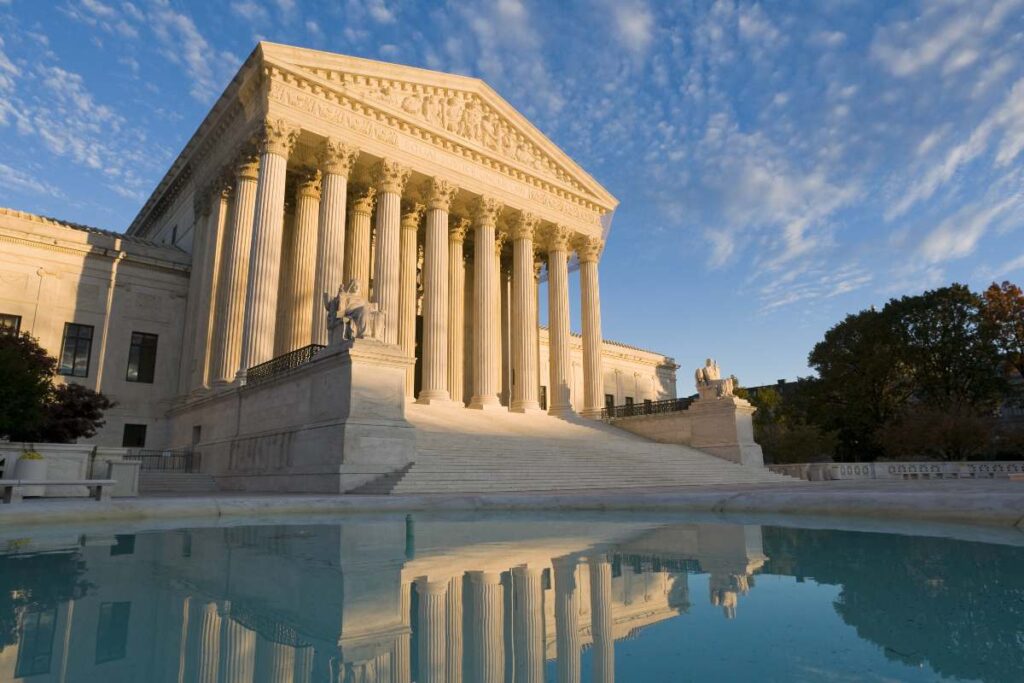
This illustrates the immense power of the Supreme Court. For many centuries, it has delivered landmark judgements that sparked both joy and anger.
Let’s take a trip down memory lane and review its most memorable decisions that have shaken the nation’s foundation.
Dred Scott v. Sandford (1857): Citizenship Denied and a Nation Divided
Unfortunately, the Supreme Court hasn’t always been on the side of the oppressed. The 1857 case of Dred Scott, an enslaved African American, is a memorable example.
The Virginia-born slave was sold to a new slave owner after the death of his former enslaver. His new master, Dr. John Emerson, was an army surgeon who later relocated with Scott. They moved to the Wisconsin Territory, which was a slavery-free zone at the time.
After living there for some years, Scott followed his master’s back to Missouri. A few years later, Dr. Emerson died.
Scott tried to buy freedom for himself, his wife Harriet, and their daughters from Dr. Emerson’s wife. She refused. Scott then decided to take the case to court. He reasoned that he deserved freedom, having lived in slave-free territories.
“The case strengthened segregation laws across the country and further divided society.”
After moving through multiple courts, the case ultimately ended up in the Supreme Court. Did an enslaved person have the right to sue in a federal court? Was he entitled to freedom because he lived in slave-free territories? The Supreme Court had the final answer.
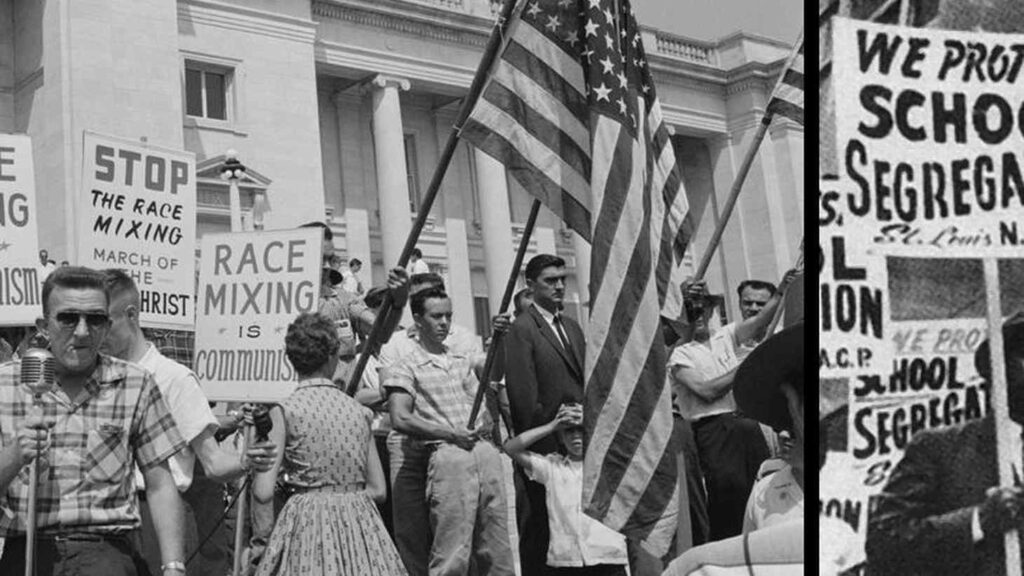
In a 7-2 decision, the court decided that a non-citizen couldn’t sue. It also ruled that the slave-free status of the territory in question wasn’t lawful. The ruling stripped many slaves of their hopes of freedom.
The Dred Scott case divided the country and enraged anti-slave activists. But it energized the movement and the Republican Party.
Dred Scott was destined for freedom. He and his family were freed that same year by another slave owner. It took about forty decades for a similar case to reach the Supreme Court.
Plessy v. Ferguson (1896): Codifying Segregation
Plessy v. Ferguson was another landmark Supreme Court case. At the center was Homer Plessy, a black man who caused a stir in the streets of Louisiana. Plessy defiantly got into a whites-only train car and didn’t budge when he was instructed to leave.
Plessy argued that under the 14th Amendment, he had the right to use the train. He stated that the law, which promised equal protection for everyone, swallowed up Louisiana state laws that promoted segregation.
In its verdict, the Supreme Court disagreed with him in a 7-1 vote. The ruling stated that segregation laws complied with the 14th Amendment because black people also enjoyed the same facilities as whites. However, the reality was that black-only facilities were noticeably inferior to those of the Whites.
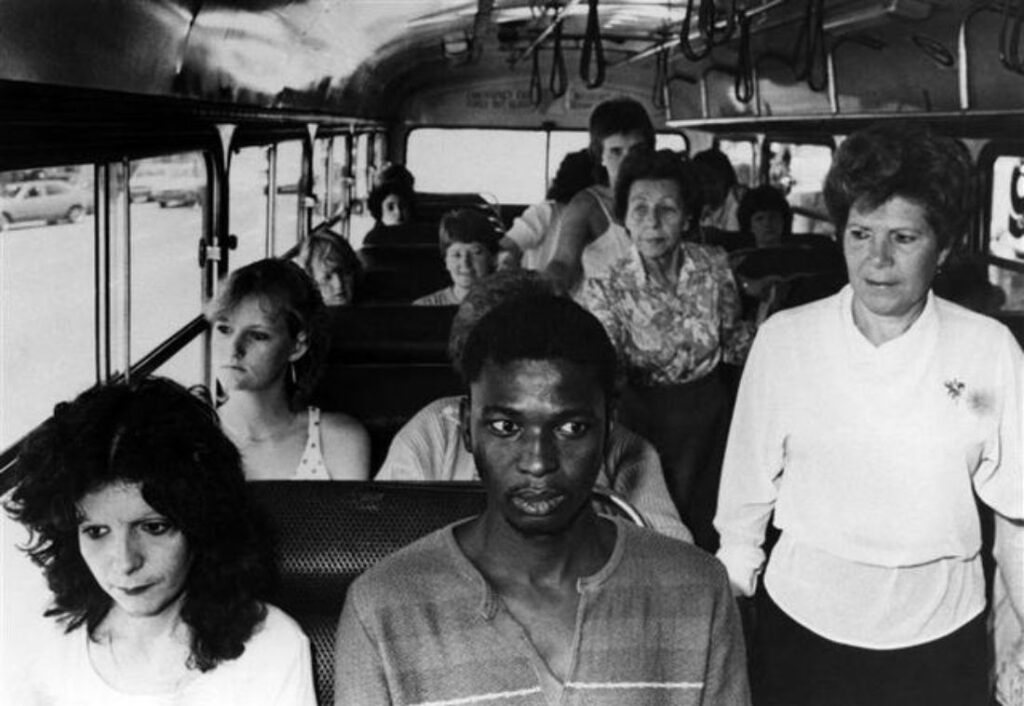
“Separate but equal.” That was the highlight of the Supreme Court’s decision. The case strengthened segregation laws nationwide and further divided society.
The end of the “separate but equal” policy came after about 60 years.
Brown v. Board of Education (1954): The End to Segregation in Public Schools
The Brown v. Board of Education case is one of the most celebrated Supreme Court decisions ever. It was the case that marked the end of the era of “separate but equal” in public schools.
The contention began after a group of black parents got fed up with the quality of education reserved for their children. They argued that separate didn’t always mean equal.
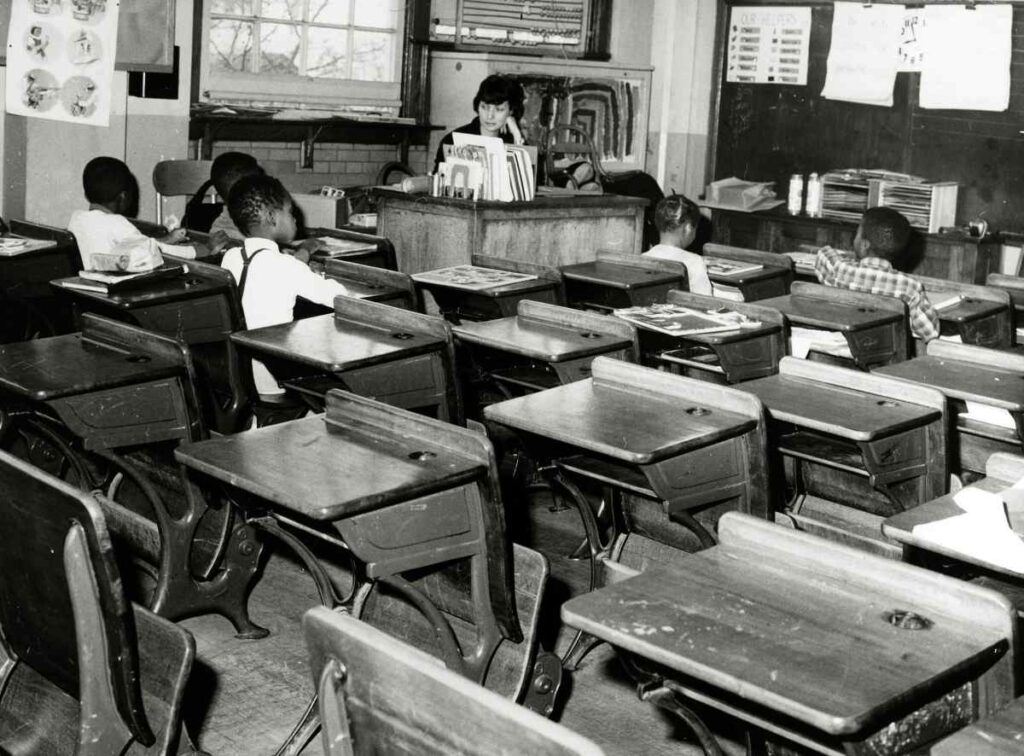
Led by the Olivia Brown family, they hired an NAACP lawyer, Thurgood Marshall, who brought the case to court. In a move that shocked the nation, the Supreme Court ruled in favour of school desegregation.
“Roe v. Wade was a 1973 case that protected the constitutional right to privacy.”
Another surprising aspect of the ruling was that all nine judges agreed with the verdict. They stated that segregated schooling made black children feel like they were lower class and therefore was against the law.
Despite the ruling, many schools put up resistance and refused to comply fully. But the verdict had already strengthened the civil rights campaign and changed the course of United States history. After education, health would be the next battleground.
Roe v. Wade (1973): Sealing Abortion and Privacy Rights
Nineteen years after the monumental victory over segregation, the Supreme Court was called upon to decide on reproductive rights. Roe v. Wade was a 1973 case that protected the constitutional right to privacy. In particular, a woman’s right over her body.
The case came up after a woman called Jane Roe, whose real name was Norma McCorvey, was refused an abortion in Texas. Texas State laws banned abortion for women. The only exception was if the woman’s life was at stake.

In a 7-2 decision, the apex court agreed with Norma’s argument that the law denied her her constitutional rights—the right to choose what happens to her body.
The ruling made many women jubilate. Reproductive health activists hailed the ruling as a victory for women’s well-being. They argued that it would reduce illegal and unsafe abortions.
The ruling essentially increased the national division between the pro-choice and the pro-life. However, the decision suffered a setback in 2022 when the Supreme Court adjusted its stance on the matter.
In Dobbs v. Jackson, the court placed each state in charge of setting their abortion laws.
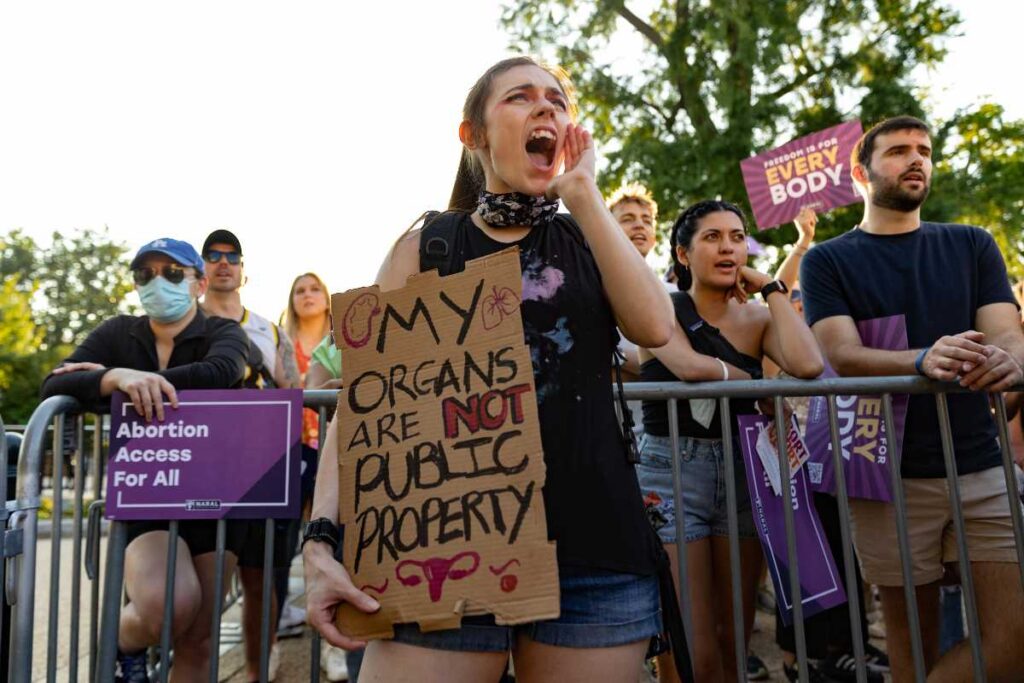
Citizens United v. FEC (2010): A Shift in Political Spending
The United States has been careful enough to regulate how money is spent during elections. The Citizens United decision of 2010 came after the nonprofit Citizens United tried to air a film bashing a political candidate. But the FEC stood in the way.
The law in question was the Bipartisan Campaign Reform Act (BCRA). The FEC cited a section of the law relating to “electioneering communications.”
“Across centuries, Supreme Court decisions have sent shockwaves through society.”
However, the Supreme Court brought the much-needed interpretation of the Constitution regarding the campaign finance law. In a 5-4 decision, it ruled that the BCRA violated the organization’s right to free speech.
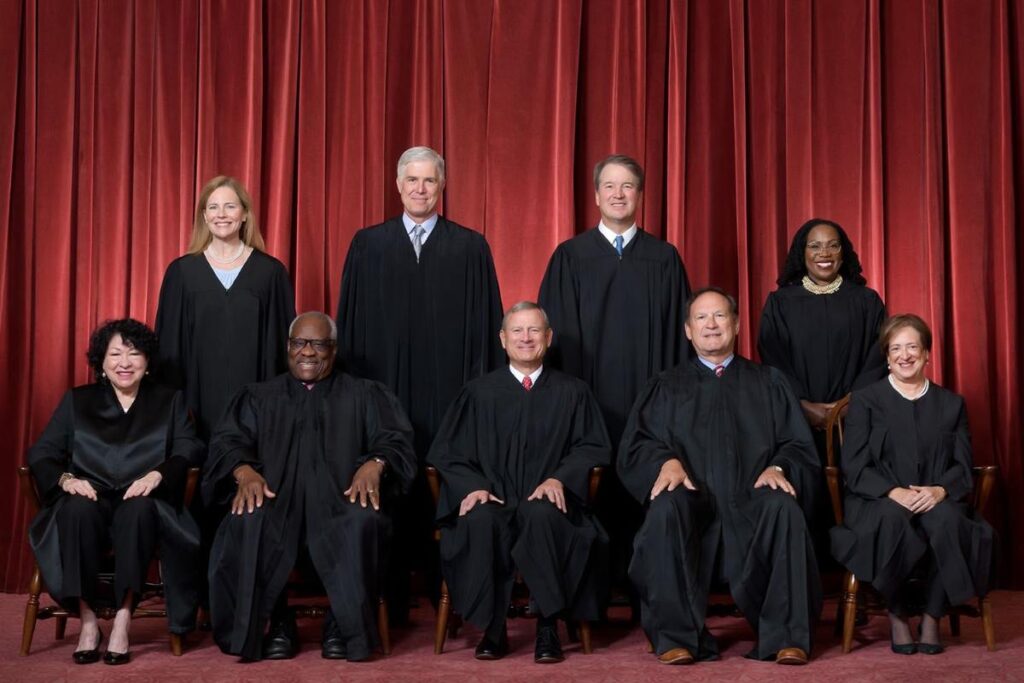
The apex court clarified that campaign expenses are a form of free speech. They ruled that Citizens United was free to proceed with their film, as long as their spending was not done through any candidate.
When the Court Speaks, the Republic Trembles!
Across centuries, Supreme Court decisions have sent shockwaves through society. It has had the final say on every matter, including the most controversial of issues.
There will be more issues for the court to settle in the future. That means there are many more defining moments ahead.
It’s safe to say that the foundations of the American nation will shake again and again. But the Republic was built on solid ground. Each vibration will only reveal its strength.
Which of the Supreme Court’s rulings pleased you the most? And which of them would you disagree with if you were one of the nine powerful justices of the United States Supreme Court?

